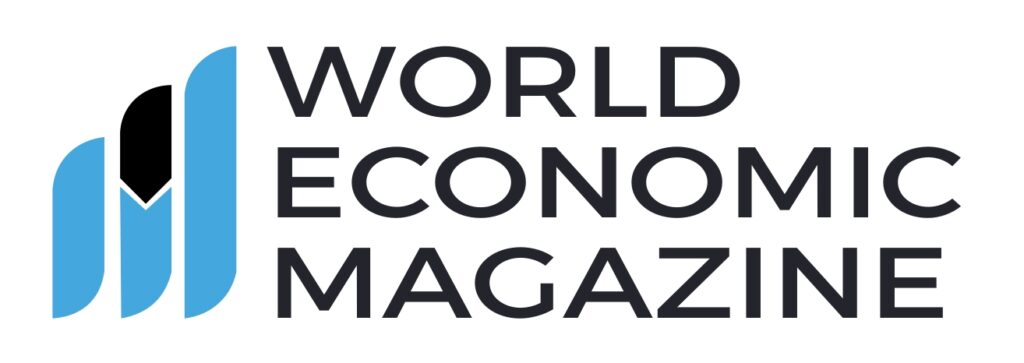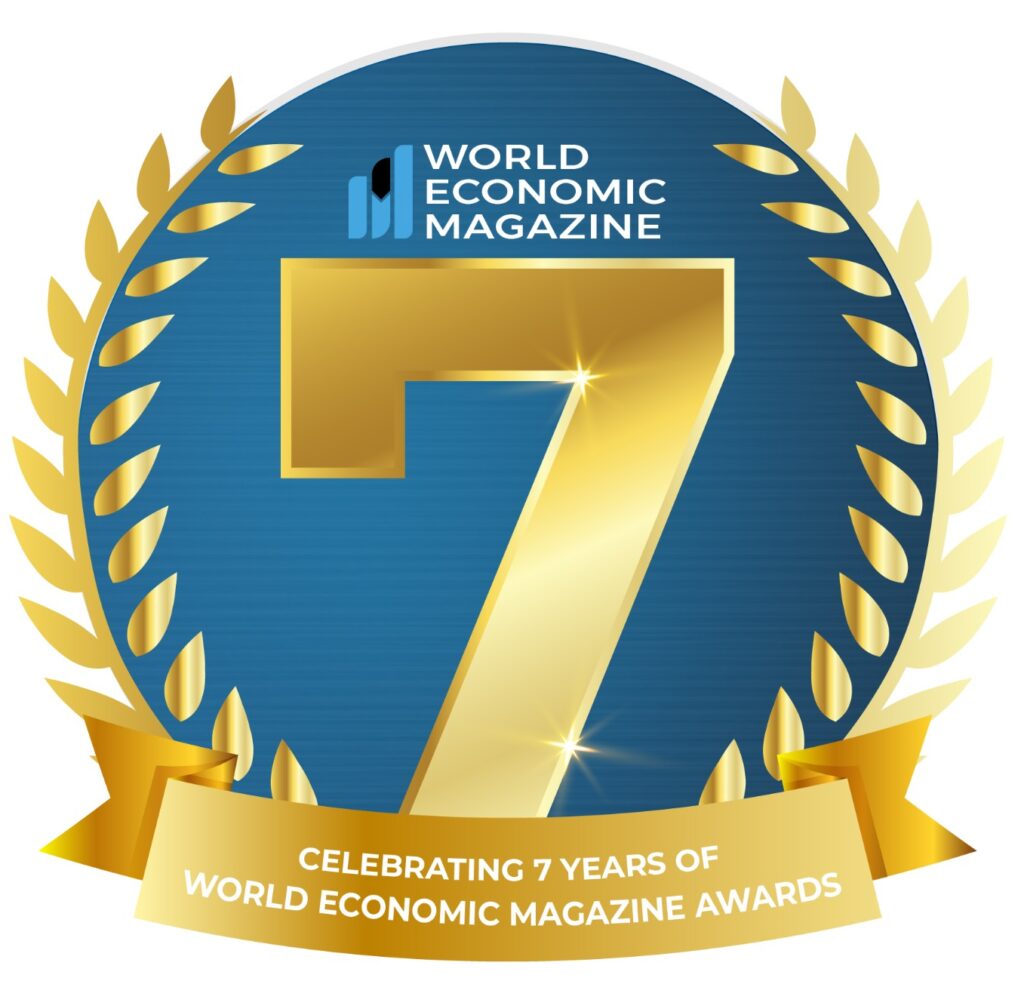
Companies Pivot Toward Wealthier Consumers as Lower-Income Spending Stalls
As economic pressures weigh heavily on low- and middle-income households, major U.S. industries from airlines to fast food and retail are shifting their strategies to target higher-income customers who continue to spend.
New data from the Bank of America Institute highlights the widening gap: spending growth among high-income consumers rose 1.8% year-over-year in July, while growth among lower end households flatlined at zero.
A Changing Consumer Landscape
Businesses across sectors are recalibrating their offerings. Fast-food chains, once synonymous with value menus, are introducing premium items to attract wealthier customers who are less likely to cut back when prices rise. Meanwhile, U.S. airlines are engaged in what analysts call an “arms race” to launch more luxurious business-class and premium economy suites no longer catering exclusively to corporate travelers but also to affluent leisure passengers.
“Premium cabins have become a profit engine,” said one airline analyst, noting that demand for economy seating has weakened amid inflation pressures.
Retailers Lean Into Affluence
Retailers are also leaning into this shift. Walmart, long known as a go-to for budget-conscious shoppers, has been actively courting higher-income households. The retail giant has remodeled hundreds of stores, added sleek new layouts, and expanded its product assortment to include premium brands like Apple and Bose.
Chief Financial Officer John David Rainey previously told FOX Business that Walmart is “upleveling” its brand to attract a much broader demographic than in the past. The strategy appears to be working, with the company reporting continued market share gains among households earning more than $100,000 annually.
Economic Pressure on Lower-Income Consumers
The divergence in consumer behavior is tied to wage trends. According to David Tinsley, senior economist at the Bank of America Institute, wage growth among higher earners is outpacing that of lower-income households a gap that is widening.
“For lower-income families, essentials like food and housing eat up a much larger share of income,” Tinsley explained. “That leaves little room for discretionary spending, especially as prices remain elevated.”
The strain is evident in the restaurant sector. McDonald’s executives reported that in the first quarter of 2025, transactions from low-income consumers were down nearly 10%, with middle-income households showing similar declines. In contrast, higher-income diners continued to spend at steady levels.
The Brand Dilemma: Premium Growth vs. Inclusivity
While this pivot toward wealthier consumers is helping companies protect margins, experts warn of potential long-term risks.
Brand strategist Laura Burkemper noted that businesses must tread carefully. “Leaning into affluent consumers makes sense in the short term, but companies risk alienating price-sensitive shoppers — particularly in categories like dining and travel where the value menu or basic fare is disappearing.”
She added that maintaining a balance is crucial: “If brands don’t offer inclusive entry points, they may lose long-term loyalty and market share once economic conditions shift.”
Looking Ahead
As inflation continues to challenge lower- and middle-income families, the U.S. economy is increasingly shaped by the spending habits of the wealthy. From upgraded airline suites with caviar service to modernized Walmart apparel sections, businesses are betting that premium experiences will carry them through. But the big question remains: how long can brands prioritize higher-income consumers without leaving their traditional customer base behind?






